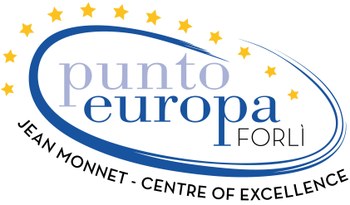Different paths of Integration in Europe after the II World War: Economy vs Politics at the root of EU

This project aims at investigating, from an historical perspective, the different paths of the European integration process after the world war II. If it is possible to ascribe ECSC and EEC to the functionalist design of economic integration, the real attempt of political integration is instead represented by the Council of Europe (or at least this is the firm belief of Council of Europe itself, according to archival documents). On this basis, the research will take as a case study the issue of fundamental rights, focusing mainly on the contribution of the Council of Europe to the definition and recognition of democratic and legal principles in the overseas territories of states parties, in spite of an almost total lack of real powers.
The Council of Europe is probably Europe’s most misunderstood organisation and it is a missing character in historiographical literature, except a few themes analysed by political analysts. Even well-informed people confuse it with the European Council — the periodic gathering of European Union (EU) heads of state or government — and with the Council of the European Union, where ministers from each member state are responsible, alongside the European Parliament, for passing the EU’s laws and approving its budget. Created in 1949, it was an intergovernmental organisation, and signatories did not transfer any of their sovereign power to it. The Council of Europe was the expression of the strong federalist and pro integration efforts of the post-world war II period. It arose under weak institutions and without sovereignty transfer. Its relations with ECSC and EEC were structured from the beginning and caused tensions and misunderstandings. In particular The Council of Europe always considered itself responsible of the political development of European Integration, while the Communities’ objects were always considered economical. The Council criticized the EEC, especially its first international approaches regarding the decolonization. It was expressly excluded from dealing with matters of defence, which were supervised by Nato, set up a month earlier by the same ten countries under the leadership of the US. Nonetheless the Council retained its pluralist vision of Europe and respect for fundamental rights, sharpened by the extreme violence of Nazi domination and war and by the happier creative chaos of the Hague Congress. While Europe embarked on the road towards union two years later, with the ECSC, then in 1957 with the EEC, there remained at the core of the Council something more deeply “political” than integration based on a common market and free trade.
The aim of this research is to reveal how Europe after World War II witnessed a real flourishing of proposals for integration, all with the main goal to resolve the tensions on the continent and prevent another world war. Among all it is the integration concerning the Community which emerged more strongly, but many others paths of integration have been developed in the first 15 years after the conflict. Having always put democracy and human rights at the forefront of its activities, the Council of Europe and its relations with the Communities constitute an issue of particular interest in the light of the current European public’s disenchantment with the EU.